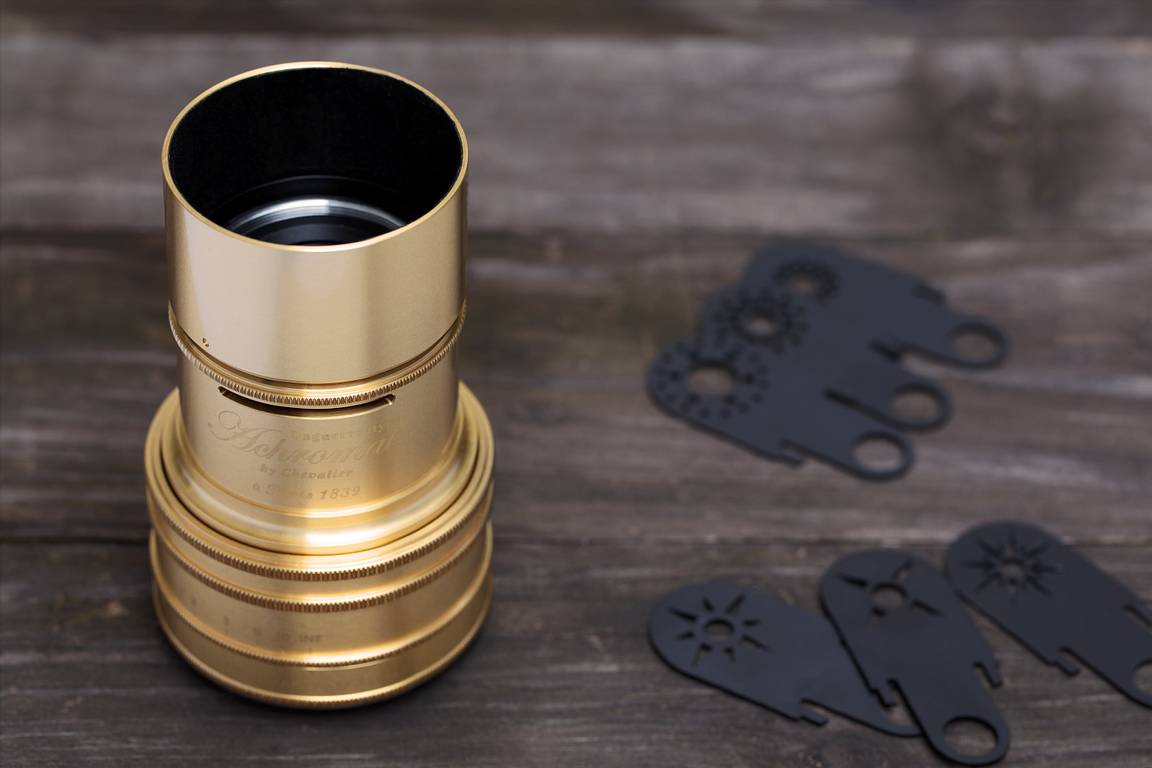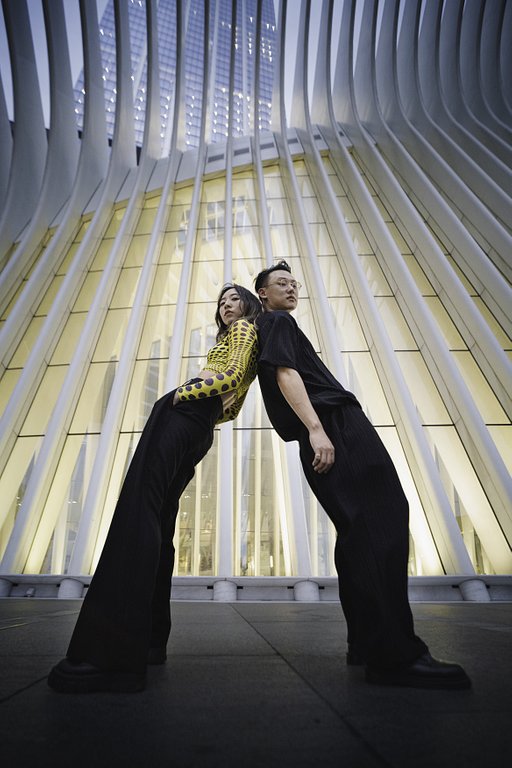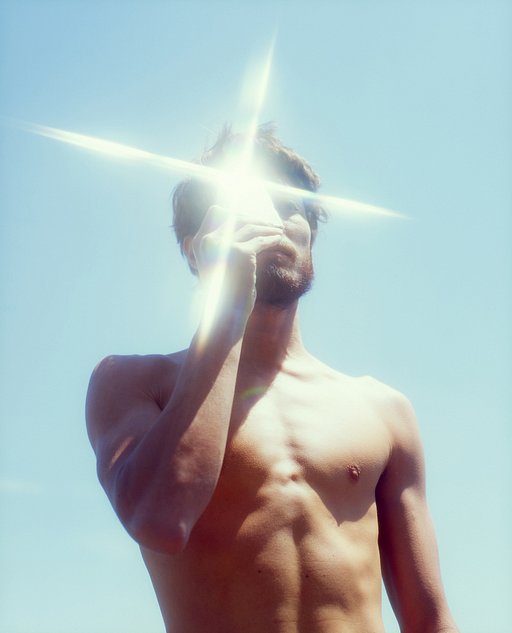Anatoli Ulyanov with the Daguerreotype Achromat Art Lens
9 Share TweetAnatoli Ulyanov is a contemporary photographer of their own genre. Photographing portraits and landscapes, his take on how he views the world comes from an interesting perspective. Viewing things as temporary and to capture those little moments in time, his work using the Daguerreotype Achromat Art Lens showcase vibrant colors with a haziness to them. We got to discuss his work and influences as well as how he liked working with the lens.

Hi Anatoli, welcome to the magazine, would you care to introduce yourself to our readers?
Hi. My name is Anatoli Ulyanov a.k.a. dadakinder on instagram. I’m an artist and political refugee from Ukraine. Currently in LA. My kink is people, plants, and streets. Sometimes I irritate conservatives.
You seem to have this dream-like feel to your photographs, what about this haziness do you like?
I look at the world with instant nostalgia. As if now is already a memory of itself. Of something I miss. I look at the street, and I miss being here even though I’m still here. I talk to the person and I miss this very moment of us talking. That brings a feeling of “toska”, a sensation of sweet melancholia over something I’m losing. I make memories and those become my dreams. This is where that haziness comes from.
Who or what influences your work?
My muse is Death, but in a cheering way. Everything is temporary and therefore each moment is precious. The fact that everything, including me, is slowly evaporating brings value to things. I noticed that whenever I’m about to leave the city I make my best photos of it, the same goes for people. The ending is inevitable and I’m trying to drink all the juice moment offers. Photography is one of those rare things you can use to trick death and take a moment before it’ll take it away from you. A girl’s face in the wind, a flower naked in the sun, a decaying hand of a homeless person… there are no differences between all those to me. It’s all bottles of life and I say “Cheers!”, pressing the shutter before it’s gone.
You have this almost glamorous sense to your portraits, how do you approach your composition to these photographs?
I hope my portraits are anything but glamorous. Glamour is something rather lifeless and plasticky to me. Like celebrities. I’ve started to photograph people in NY, because, after moving to the US, I needed to find a new way to connect with society. My portraits are about connections with strangers who glow. I romanticize them with poetry. Then I look for persona – something specific about this particular human to fall in love with. I imagine my lens to be lips, and I kiss. Some people make babies like this. I make photos.
Working with the Daguerreotype, how'd that change your compositional thinking?
Daguerreotype helps me to liberate myself from the predominant engineer approach to photography when everything needs to be fast, sharp and in focus. Focusing with this lens is rather about what out of focus spot to choose. And I love it! It allows me to go beyond reality, into the land of poetry, where you no longer shoot, but you paint. It’s not about what’s in front of your lens. It’s about what you feel about what’s in front of your lens. I’m astigmatic since childhood, so I never saw the world clearly, which made a huge impact on my perception. It forced my imagination to fill the gaps and therefore thrive. With Daguerreotype, I connect to my inner eye and feel at home.
What camera body did you use with the lens?
I use Fuji X-Pro 2. Pairing legacy optics with the digital camera gives me the best of both worlds. I would love to try it with a film camera as well, but I’m not a religious film fanatic. The best part of the modern world to me is that you have different options to choose from. Both old and new can be a brush.
What about color do you enjoy, you tend to draw from color palettes of the '80s and '90s, why is that?
Am I? Well, I was born in 1984. One’s childhood is a scar that affects the rest of your life. But I never thought about my colors in terms of era. I believe those are defined by the environment I’m in. Those vibrant, over-saturated, almost psychedelic colors are brought to me by Southern California. It’s a very saturated place, something I can’t just ignore even though I was never a fan of high saturation myself.
I grew up in a very grey place. Washed out and dusky color palette is more native to me. But yeah, recently I’ve started to go insane with my colors. I’m pushing my photography beyond the real, making “paintings” with my camera. I feel like it’s a place to be human. In terms of realism, we can’t compete with CCTV cameras. All that is left is to be poets. Our only advantage over machines is that we have fantasies.
Any advice to budding photographers?
Don’t let trends and likes define you. Ignore the industry, forget the idea of success and stop looking for social approval. This fever will never pass. You’ll never get chill. It happens briefly at times, but there is no way to get into a calm place and stay there. Unless, you’re dead, of course. Your creative itch will haunt you till the end. If you can quit—quit. But if you can’t, you’re in the club of the doomed. Suffering is inevitable yet beauty is everywhere. Just find what makes you feel, and be as most you as possible. At the end of the day, this is what art is all about: for you to breathe.
You can view more of Anatoli's work on their Instagram. You can also purchase the Daguerreotype Art Lens on our Online Shop.
written by sarahlindsayk on 2018-07-11 #gear #people





































No Comments